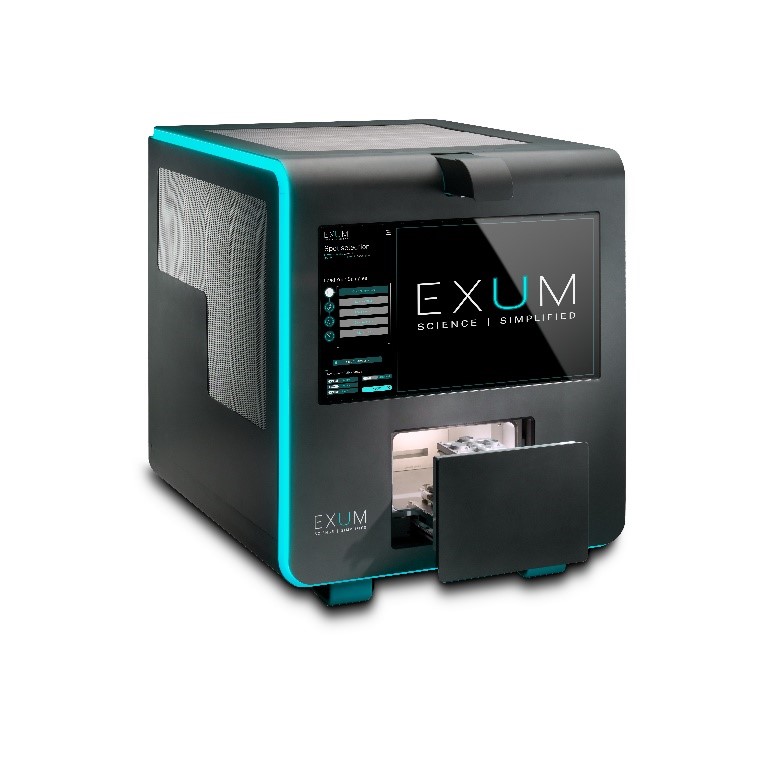Overview

EXUM Massbox Time of Flight Workstation-lithium to uranium
Rave Scientific is pleased to present the latest exciting addition to our portfolio, a technology that rapidly quantifies, maps, and depth profiles elements across the periodic table, from lithium to uranium. Addressing the key gaps in existing elemental analysis techniques, the EXUM Massbox combines high performance with ease-of-use into a compact package. Using Laser Ablation Laser Ionization Time of Flight Mass Spectrometry (LALI-TOF-MS), the Massbox is the first of its kind, able to analyze any solid material in minutes.Massbox empowers users for a variety of applications, including new material development, failure analysis, reverse engineering, quality control, contaminant identification, and more. Because of its ability to reliably quantify low-mass elements like lithium, the Massbox has particular advantages for battery materials.
The MassboxTM combines Exum’s patented Laser Ablation Laser Ionization (LALI) technique with Time-of-Flight Mass Spectrometry (TOF-MS) to provide:
Unique Features
- Quantitative compositional analysis of the full periodic table in minutes: For any solid material, users get trace-level quantitative results for the full periodic table, from lithium to uranium. Results include important light elements that are traditionally difficult to quantify like oxygen, carbon, and nitrogen. This accelerates quality control and new material development.
- Rapid screening with automatic elemental identification: The MassboxTM software automatically verifies detected elements. Within seconds of pushing “go,” users can identify an unknown material or detect trace-level contaminants.
- Elemental mapping: In addition to providing bulk composition, the MassboxTM reveals how elements change spatially for process control or failure analysis. In each session, users can analyze an area up to 83 mm by 83 mm and create elemental maps with micron-level resolution.
- Depth profiling: MassboxTM users create nanoscale depth profiles either by repeating elemental maps or dwelling with a single laser spot. Depending on the material type, the ablation laser typically removes 10s of nanometers per laser shot.

